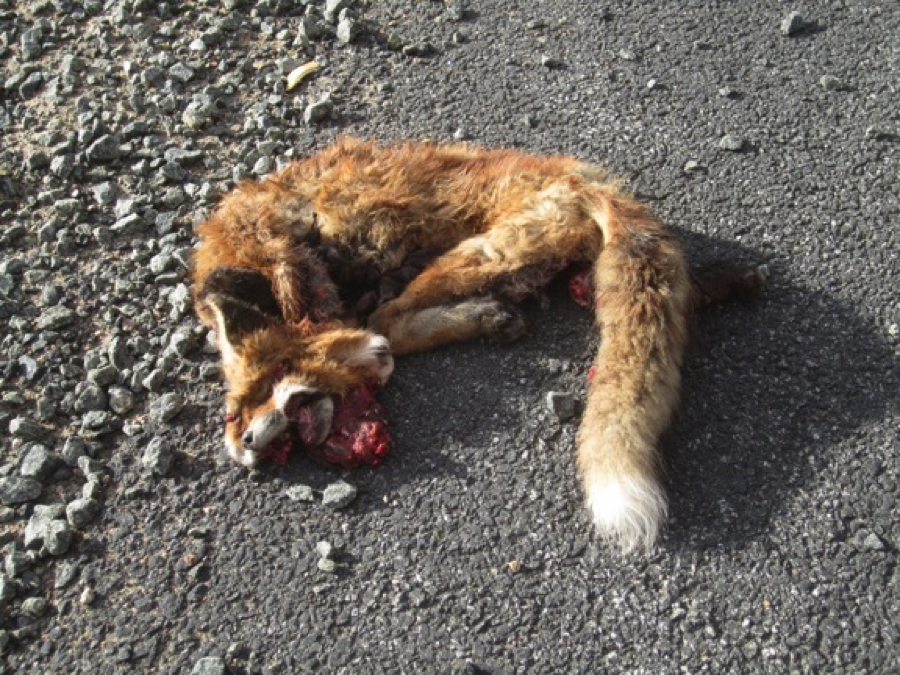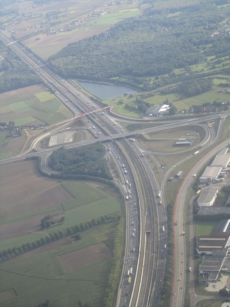The Effects of Roads on Wildlife Populations: The Need for Mitigation Measures and Protection of Roadless Areas

CICADA academic partner Jochen Jaeger has been working in the fields of landscape ecology, road ecology, the quantification and assessment of landscape structure and landscape change, land consumption through urban sprawl, ecological modelling, environmental indicators and impact assessment.
“An experimental approach to road mitigation that maximizes inferential power is essential to ensure that mitigation is both ecologically-effective and cost-effective. Here, we set out the need for and standards of using an experimental approach to road mitigation, in order to improve knowledge of the influence of mitigation measures on wildlife populations.”
– Experimental study designs to improve the evaluation of road mitigation measures for wildlife

Increasing road development and clear-cutting in Northern Canada has resulted in increased wildlife fatality and is having impacts on migratory mammals’ patterns. With wildlife populations of vital importance to indigenous communities in the North, Jaeger is studying alternative and novel approaches to mitigating the effects of road expansion and forestry. Jaeger has analyzed boreal woodland caribou and moose populations in Canada as well as grassland fragmentation in the Canadian Prairies.


“While risk assessment is typically associated with predation, it nonetheless involves multiple factors that combine to affect levels of uncertainty associated with a given habitat. Some ecologists have proposed that anthropogenic disturbances (i.e. habitat alterations, resource exploitation and human presence and infrastructure; hereafter called disturbances) could trigger behavioural responses that are similar to those elicited by predators, thereby combining with natural stressors to impact prey species and increasing habitat uncertainty. We define habitat uncertainty as factors that induce disturbance stimuli (e.g. predation risk, forage availability and traffic levels), influence perceived risk and trigger behavioural responses in prey species. Environments affected by expanding human activities impose significant pressures on prey species and increase the likelihood that wildlife found in such habitats modify their fine-scale behaviour. North-American wildlife inhabiting the boreal forest is currently faced with such a scenario and many species are now found in environments with intensified human activities. Of greatest concern, timber harvesting creates early-seral forests and a dense road network that significantly alters the natural structure of the landscape. As a result, the historical natural disturbance regime has been superseded by forestry-related features over the last century.”
– Disentangling Woodland Caribou Movements in Response to Clearcuts and Roads across Temporal Scales
